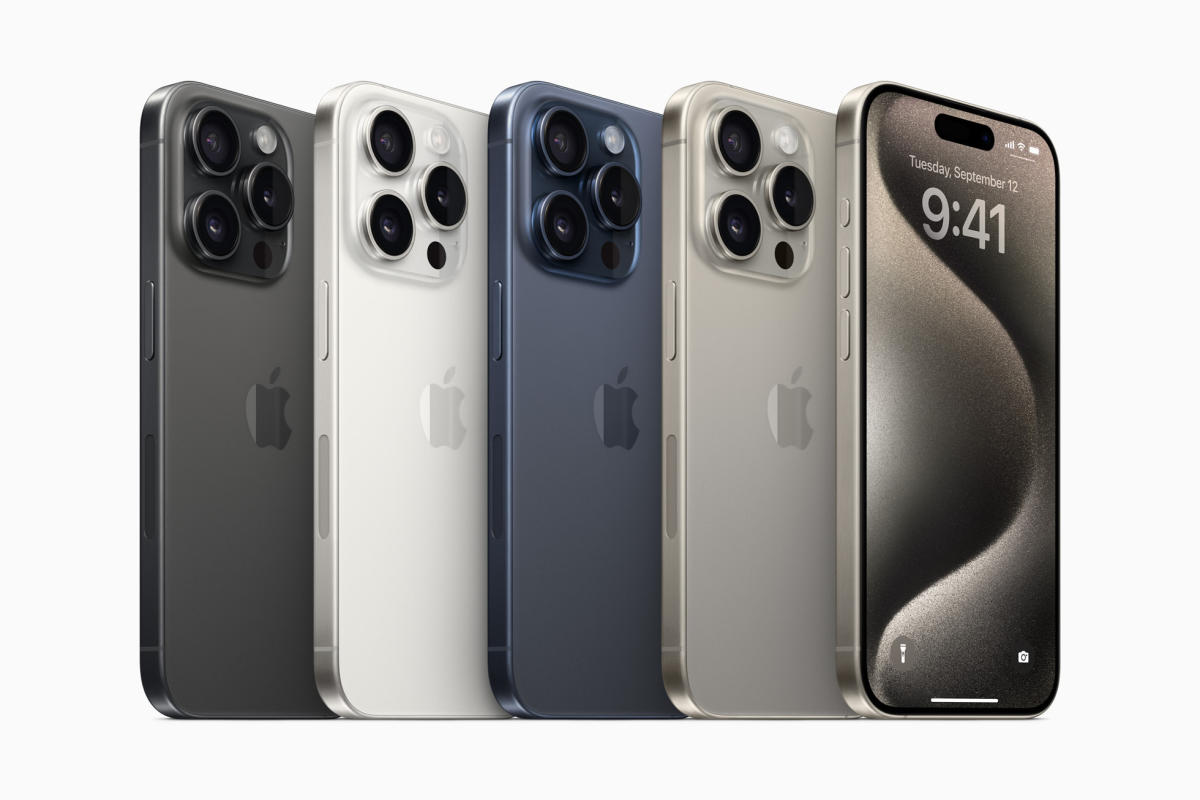a company that talks a lot about sustainability but would do it Love So that you can buy a new iPhone every year, it is expanding its self-repair program. Consumers and repair shops will soon be able to use genuine used Apple parts to repair devices instead of having to order brand new components. The company that used the parts “now benefits from the full functionality and security that the original factory calibration provides, just like new genuine Apple parts.”
The initiative will therefore start in autumn with newer models . So if your iPhone has a broken screen and you have a model of the same model with an intact display, you can replace the panel and it should work. If you are trading in a used screen from another iPhone, certain features such as True Tone may or may not currently work. The updated self-repair program should resolve this issue.
The program also includes parts such as batteries, cameras and (possibly). Additionally, consumers and repair shops are not required to provide Apple with a device serial number when ordering most parts from the Self Service Repair Store – this is still required when replacing the motherboard.
Users can already see whether their iPhone has been repaired and, if so, which parts have been replaced. Starting this fall, users who access the Parts and Service History section of their iPhone Settings will be able to see whether a replacement part is a new or used original part from another iPhone.
Apple uses a “parts pairing” process directly on the phone to detect whether a replacement component is genuine. It says this is necessary to ensure the “privacy, security and protection of the iPhone.”
To this end, Apple will try to prevent the use of parts from stolen iPhones for repairs. If a device being repaired detects that a replacement part came from a device that was in Activation Lock or Lost Mode, Apple will limit the calibration for that part, so it may not function properly.
On the one hand, this change could make it easier for people to repair a broken iPhone (or perhaps another Apple product) if they have a spare with the necessary parts on hand. Repair shops often have small parts from many different units that they can use. However, this could be seen as an attempt by Apple to exert more control over the repair process by using pairings and potentially pushing out third-party aftermarket parts.
John Ternus, the company’s senior vice president of hardware engineering, said: post that while Apple supports the use of third-party parts in repairs (as long as the device owner is aware of it), it does not know how to properly calibrate such components as it would with its own parts.
However, Apple may need to contact replacement parts manufacturers and figure out how to do this. A right-to-repair bill that Oregon Gov. Tina Kotek signed into law last month. The idea is to prevent device manufacturers from using this process to discourage consumers and repair shops from using third-party components to repair their devices. The law applies to devices built after January 1, 2025.
This article contains affiliate links; If you click on such a link and make a purchase, we may receive a commission.
